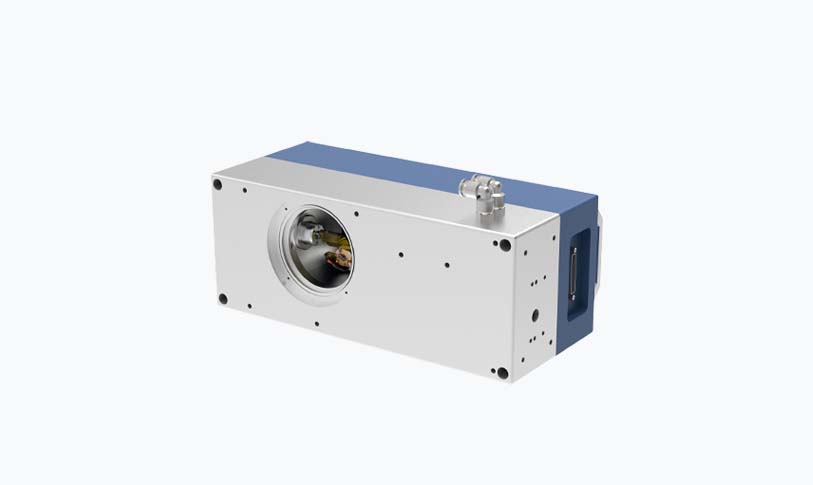
Revolutionizing Personalization in Art and Technology: The Impact of 3D Head Scan Technology on Various Industries
In the modern era, technology has reached remarkable heights, transforming not only everyday tasks but also entire industries. One of the most exciting and versatile advancements has been the emergence of 3D scanning technology, particularly in the realm of 3D head scans. This innovative process captures detailed, high-resolution images of human heads, translating them into digital formats for a myriad of applications. From gaming and film production to healthcare and custom manufacturing, 3D head scanning is poised to revolutionize personalization across numerous domains.
At its core, 3D head scanning involves capturing spatial data reflecting the intricate features of a person’s head. Utilizing specialized devices, such as laser scanners or structured light scanners, the process involves emitting light or laser beams onto the surface of the head. The data is collected and transformed into a three-dimensional representation, allowing for hyper-realistic digital models. These scans can then be used for various purposes, including virtual reality experiences, 3D printing, and character design in video games and movies.

Revolutionizing Personalization in Art and Technology: The Impact of 3D Head Scan Technology on Various Industries
One of the most significant perspectives of 3D head scanning lies within the gaming industry. As technology advances, the demand for realistic avatars and non-player characters (NPCs) is growing. Artists can create lifelike representations of individuals, enriching the gaming experience and creating a more immersive environment. This technological breakthrough not only bolsters game design but also allows players to integrate their identities into the game world, enhancing engagement and personal connection.
In the film and animation sectors, 3D head scanning plays a prominent role as well. Digital actors are now commonplace in blockbuster movies, thanks to the authenticity achieved through meticulous scanning processes. Iconic characters have been brought back to life and entirely new ones created using the technology, showcasing its ability to push the boundaries of storytelling. Films employing digital doubles, like “The Irishman” and “Star Wars: Rogue One,” have illustrated how 3D head scans can redefine the future of visual effects and on-screen performance.
Healthcare is another realm where 3D head scanning technology is making substantial strides. This technology can assist in designing tailor-made medical devices, like cranial prosthetics or orthodontic appliances, that fit perfectly based on an individual’s unique anatomy. Surgeons can also utilize these scans to create detailed surgical models, enabling them to rehearse complex procedures before conducting them on actual patients. Here, the personalization element becomes critical, enhancing the precision of medical interventions and patient outcomes.
Moreover, the fashion and beauty industries have started to explore the potential of 3D head scans for customization. Brands are leveraging this technology to create bespoke products, such as customized eyewear, hats, and even skincare solutions tailored to an individual’s unique facial features. With personalized products seemingly becoming the norm, 3D head scanning is a game-changer, allowing brands to forge deeper connections with their clients by catering to their unique needs.

Revolutionizing Personalization in Art and Technology: The Impact of 3D Head Scan Technology on Various Industries
Art and design are also experiencing a renaissance due to 3D head scanning. Artists can create on a new scale, bringing sculpts and installations to life based on accurate human representations. Furthermore, museums and galleries are utilizing scanning technology to document and replicate artworks and artifacts, preserving cultural heritage in the process. These digital archives enable broader public access and engagement, fostering appreciation for art and history.
While the advantages of 3D head scanning are compelling, the technology does raise ethical and privacy concerns. As scanned data can potentially be misused or exploited, it’s crucial for industries to establish strict guidelines and robust security measures. Transparency about how data is collected, stored, and shared will help mitigate potential abuses and build trust among users.
In conclusion, 3D head scanning technology is more than just a passing trend; it is steadily carving a path toward a more personalized and technologically advanced future across various sectors. By enabling tailored solutions in gaming, film, healthcare, fashion, art, and beyond, it is reshaping the way we interact with technology and design. As we move further into this digital age, the potential applications of 3D head scanning are limited only by our imagination. The promise of what’s to come invites us to embrace these innovations and explore how effectively they can unlock new opportunities for creativity, engagement, and personalization in our lives.1064 picosecond laser



